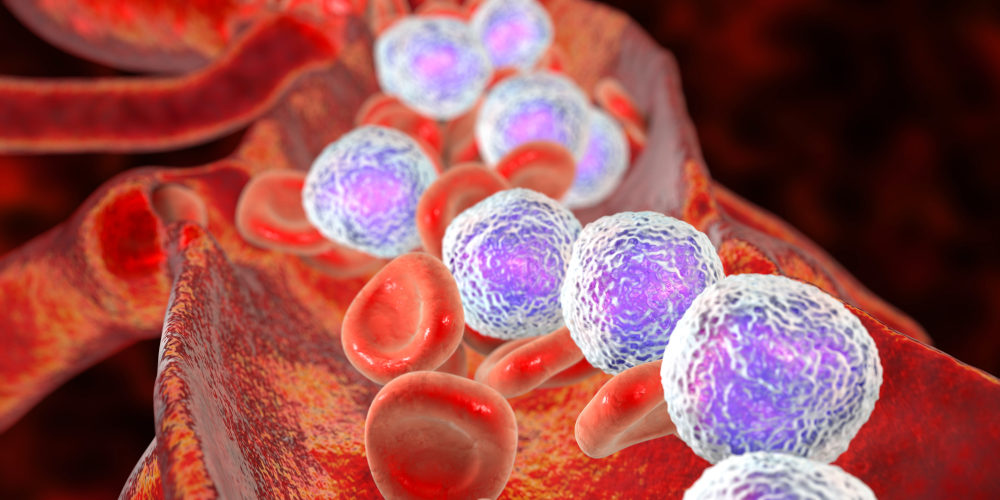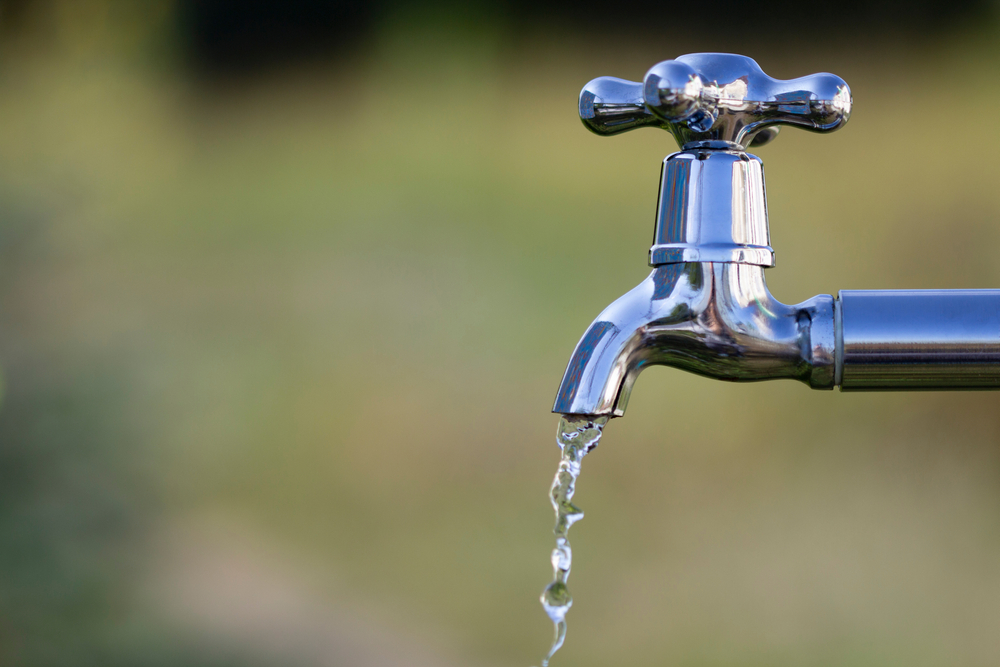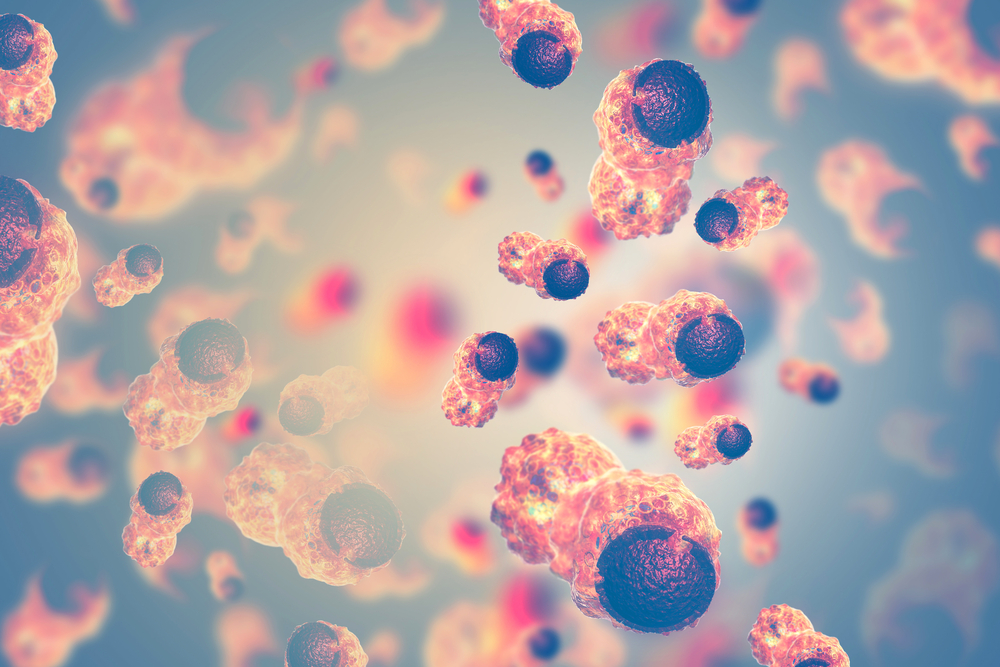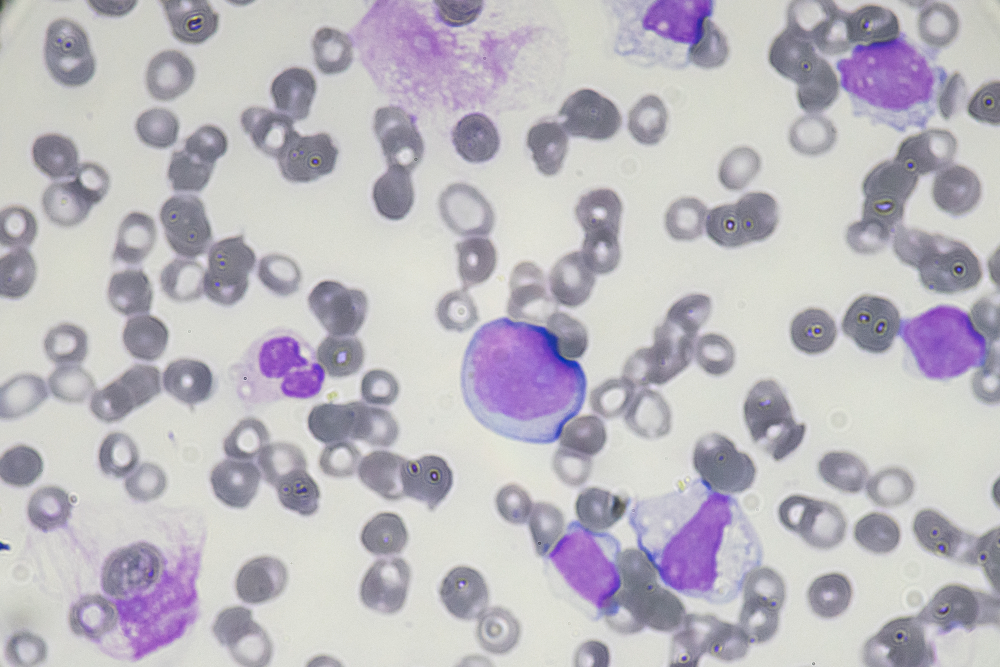Non-Hodgkin’s Lymphoma Link to Camp Lejeune Toxic Water
For more than 30 years, the military servicemembers and civilians who lived and worked at Camp Lejeune, a North Carolina military base, ingested toxic substances in the base’s water supply. Over a million people were exposed to volatile organic compounds like benzene, vinyl chloride, trichloroethylene (TCE), and tetrachloroethylene (PCE). These chemicals aren’t meant for human consumption, and they’re associated with a higher risk of severe health conditions. The federal government closed the contaminated water wells in the late 1980s. Still, it was too late for many of the veterans who’d started to develop concerning symptoms.
Seventy years after the water contamination began, Camp Lejeune victims can finally seek justice for their losses. The Camp Lejeune Justice Act of 2022 allows people injured due to the toxic water to file Camp Lejeune lawsuits against the government, which is typically prohibited for military servicemembers and veterans. The contaminated water at Camp Lejeune has been linked to a range of illnesses, with some having more concrete proof than others. The Department of Veterans Affairs has given eight diseases its “presumptive condition” title, which means the agency presumes the conditions are related to Camp Lejeune water exposure. One of the presumptive health conditions is non-Hodgkin’s lymphoma.

What Is Non-Hodgkin’s Lymphoma?
More than 80,000 people will be diagnosed with non-Hodgkin’s lymphoma this year. The condition, which is also known as non-Hodgkin lymphoma, is one of the most common cancers in the world. It is a disease that starts in the lymphocytes, one type of white blood cell. Non-Hodgkin’s lymphoma spreads through lymphatic tissue, which is found throughout the body. The cancer can start anywhere that there’s lymphatic tissue, including the spleen, bone marrow, liver, and lymph nodes.
The prognosis for non-Hodgkin’s lymphoma patients depends on when the disease is discovered. If the cancer hasn’t spread beyond one region, it has a survival rate of 86%. After the illness spreads, the survival rate drops. Patients in advanced stages of non-Hodgkin’s lymphoma have survival rates between 64% and 72%. It is one of the most survivable cancers, but patients may still be left with lifelong side effects.
The most common treatment methods for non-Hodgkin’s lymphoma are chemotherapy, immunotherapy, and radiotherapy. While chemotherapy is an effective treatment, it has complication risks. One of the most serious possibilities is chemotherapy weakening the bone marrow, which can stop the body from producing healthy blood cells. The drugs have other possible lifelong effects like osteoporosis, heart problems, and an increased risk of developing leukemia.
The cause of non-Hodgkin’s lymphoma is unknown, although people with compromised immune systems are more susceptible to the illness. However, people stationed at Camp Lejeune without any immune system problems are more likely to receive a diagnosis, even though they may not have other risk factors. Many non-Hodgkin’s lymphoma patients have no way of preventing the condition, but the same isn’t true for Camp Lejeune. The water contamination at Camp Lejeune was avoidable, and there’s evidence that the military knew about the problems with the water supply for years before closing the affected water wells.
Camp Lejeune Elective Option for Non-Hodgkin’s Lymphoma
The Camp Lejeune Justice Act should’ve brought quick relief for military veterans, but the settlement process was beset by delays caused by staffing shortages and a lack of funding. Military veterans, many of them elderly, have waited in vain for the government to process their Camp Lejeune claim and make a settlement offer. Months after the process began, cases had yet to be settled. In September, the Navy and Department of Justice introduced the Camp Lejeune Elective Option to speed up the process. Illnesses are grouped into tiers under the Elective Option, and the amount that a claimant receives is determined by how much time they spent at Camp Lejeune.
Non-Hodgkin’s lymphoma is an Elective Option Tier 1 illness, which means there’s “substantiated evidence of causation” between the disease and Camp Lejeune water exposure. If you have been diagnosed with the condition, you could be eligible for a settlement from the federal government if you file a Camp Lejeune claim. How much you’d receive depends on how long you were stationed at Camp Lejeune. Claimants at the base for 30 to 364 days can receive $150,000. Veterans at Camp Lejeune for one to five years are eligible for $300,000; anyone at the base for five years or more could receive $450,000. The Elective Option may seem like the right choice, especially for veterans tired of dealing with the delays in the settlement process. But some Camp Lejeune victims could receive more in a lawsuit than they would from the Elective Option.
If you’ve been diagnosed with non-Hodgkin’s lymphoma after being stationed at Camp Lejeune, you should contact a lawyer who specializes in Camp Lejeune cases to help decide your best way forward. A Camp Lejeune attorney can help you decide whether the Elective Option, designed to be faster than litigation, makes more sense than filing a lawsuit. The unique facts of your case will determine which decision is most beneficial to you.



















